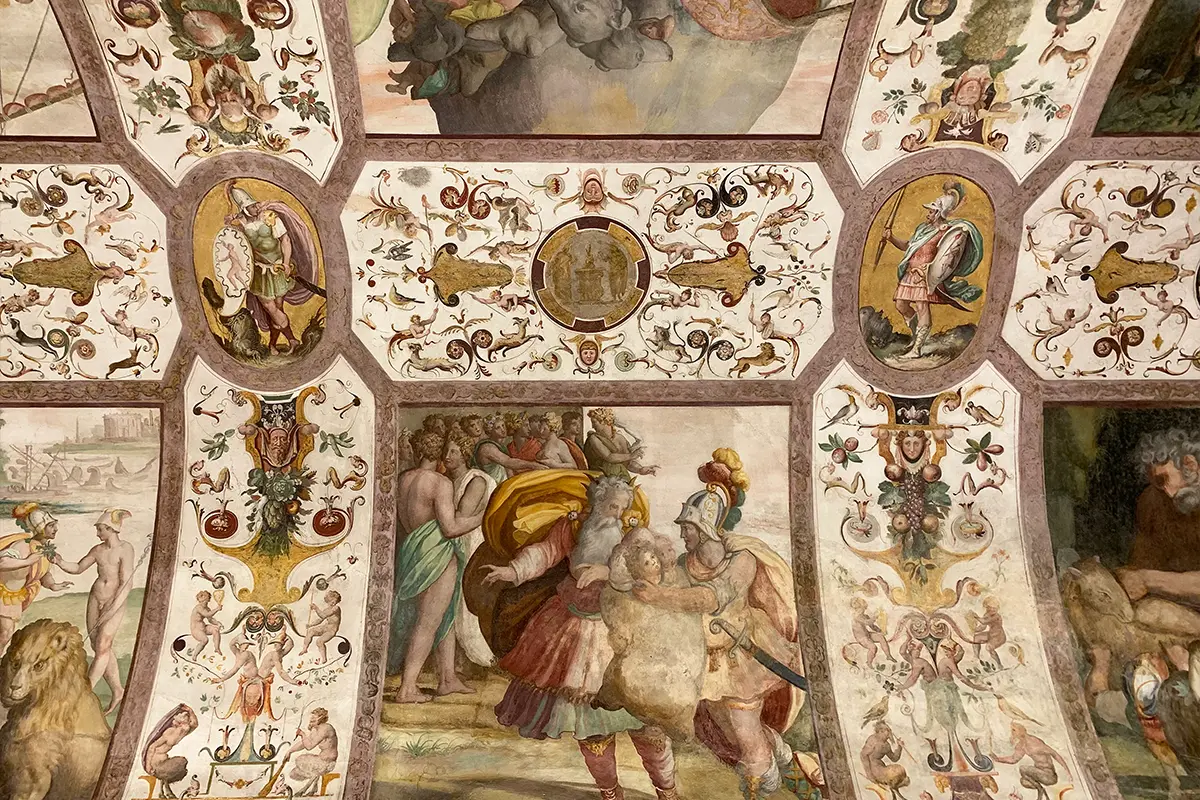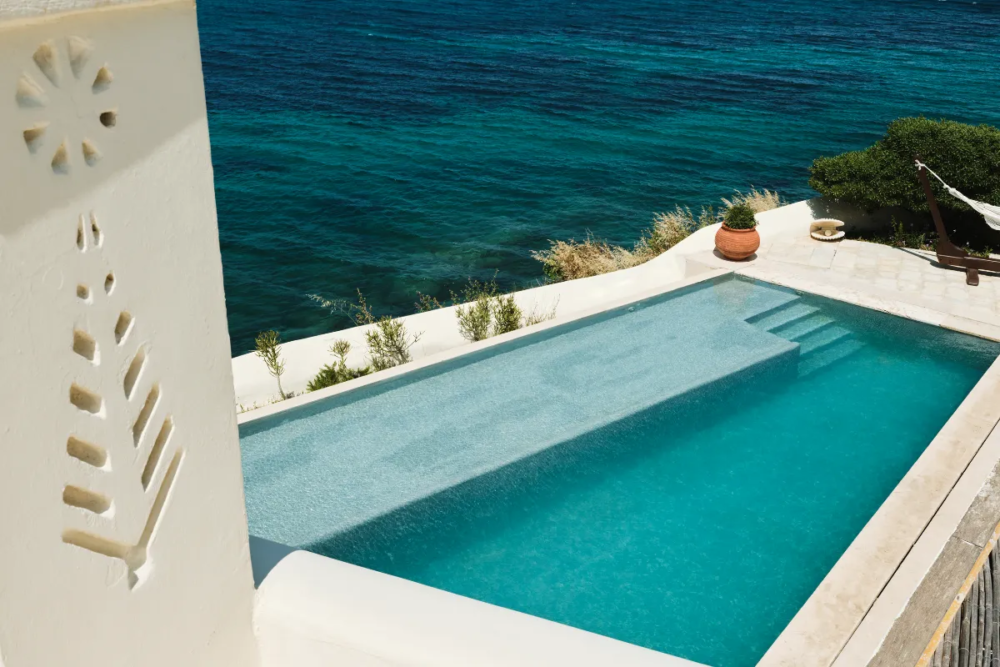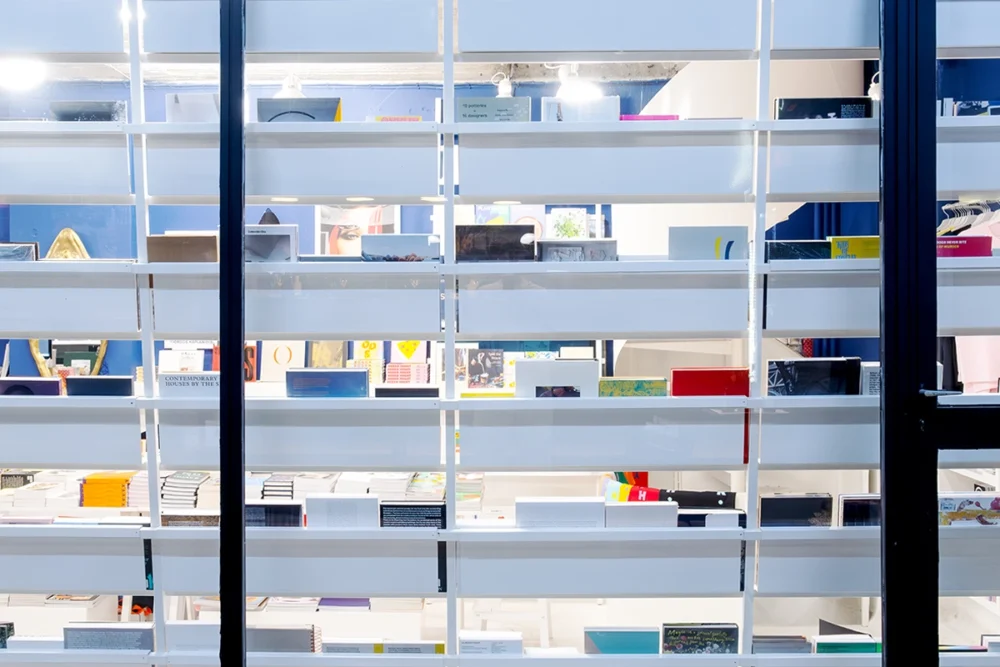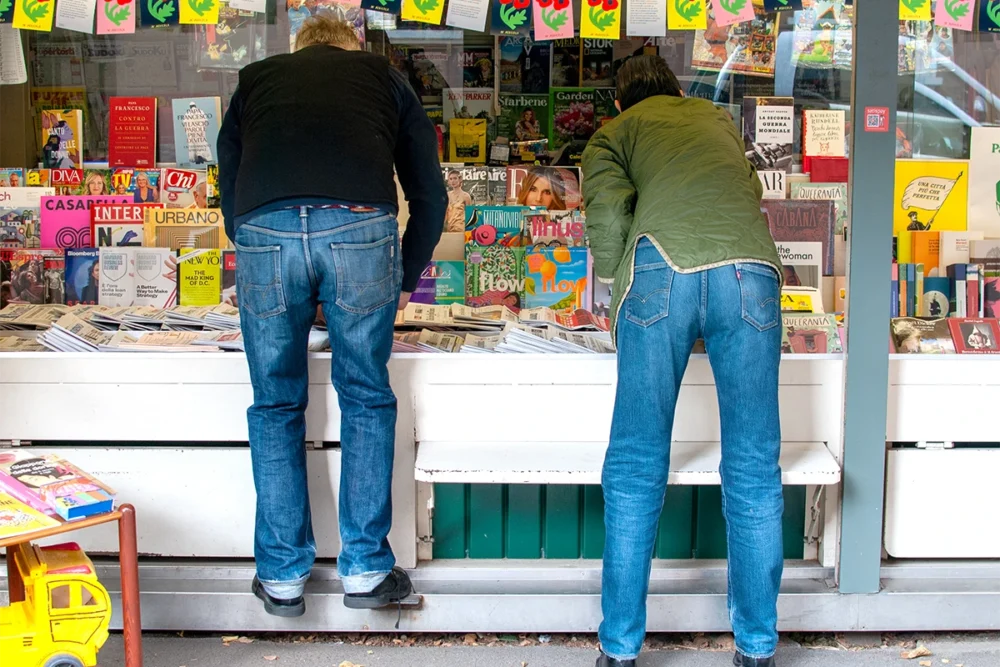
Palazzo Portinari Salviati, Florence: the restoration of eight hundred years of history
LDC Hotels & Resorts group promoted the restoration of the building dating back to the Portinari family bringing back to life the interior, frescoes and the Sixteenth-Century architectural style
Palazzo Portinari Salviati, the history of a Palace located in the Florence ‘Corso’
Right behind the Florence Duomo, amidst the city center streets where tourists stroll through the shops, is located a palace that hides centuries of history. Brought back to life in 2016 after five years of restoration work, Palazzo Portinari Salviati dates its origin back to the end of the Thirteenth Century.
During those Medieval times, the Palazzo was only a group of houses that arose on the Florentine ‘Corso’. The homes belonged to the banker Folco Portinari, no less than the father of Beatrice Portinari, the muse of the Italian poet Dante Alighieri.
It will be the successors of the Portinari family that, in the Fifteenth Century, will lead to the construction of the Palazzo. Between 1470 and 1480, Acerrito, Pigello, and Tommaso, thanks to their fortunes built with the ‘banchi Medicei’, started the building of the palace.
The architecture: from the Medician palace to the the Sixteenth-Century enlargement
In the Sixteenth Century, the Portinari brothers built trusted ties with the architect Michelozzo. His work is most likely to be admired in the loggia of the courtyard and in the façade, the restoration of which was ordered by Cosimo de’ Medici. It is still for the two brothers, Pigello and Acerrito, that Michelozzo will design the Portinari chapel in Sant’Eustorgio, in the city of Milan.
However, a few years later, in 1504, due to the economic decline of the Portinari, the palace was partly entrusted to the Officers of the Monte di Pietà. And in 1538 the entire property passed to the Hospital of Santa Maria Nuova. In 1546 it was Jacopo Salviati, nobleman and patron related to Cosimo I de’ Medici, to take possession of the building and to bring forward an expansion project until 1577.
It is during these times that the painter Alessandro Allori was commissioned to fresco multiple spaces of the Palazzo. Among the various projects that Allori brought forward was a cave, which disappeared today, decorated with sponges, pearls, snails, and corals.
Of the Cinquecento changes remain today some frescoes, the Courtyard of the Emperors (which used to house a series of busts by the sculptor Giambologna, and the Chapel dedicated to Santa Maria Maddalena, consecrated in 1581.
Palazzo Portinari Salviati, from wealth to decline
During the Sixteenth Century it is said that Maria de’ Medici, then queen of France, would present her gentlemen to the Salviati family. It is in these times that noble characters stayed at the Palace – such as the King of Denmark Frederick IV. Legend says that Frederick, headed to Florence in 1693, fell in love with Maddalena. Ascended to the throne, the king got back to Palazzo Salviati sixteen years later looking for the woman, who in the meantime had become a nun.
The Eighteenth Century represented the last palace expansion. Under the Serguidi family the latest frescos were painted, still living today in the gallery of the now hotel, leading to the main suites.
In the following years, the complex will pass from hand to hand, becoming the headquarter of the Ministry of Justice, of the Municipality of Florence, or the Savings Bank, and of the Pius Schools. All of this only during the Nineteenth Century.
In 1921, the building became property of the general management of Banca Toscana, with frescoes covered with a patina of white plaster, and a final abandonment.
The restoration by the LDC Hotels & Resorts Group
The Taiwanese group LDC Hotels & Resorts acquired Palazzo Portinari Salviati in 2016. Since the purchase, restoration works took place, with a slowdown due to the Covid-19 pandemic, until the opening in June 2022.
It is in 2013 that the group started investing in the restoration of historical and artistic heritage in Italy. Since then, five hospitality structures have been opened in historic buildings.
These include the 16th Century Monastery Relais Sant’Uffizio in the province of Asti, the Relais Villa Monte Solare on Lake Trasimeno, and the 15th century Palazzo Venart on the Grand Canal in Venice.
In Florence a second process is about to start, which will involve the restoration of one of Palazzo Serristori, the Renaissance building on the Arno near Ponte Vecchio.
[envira-gallery id=”122318″]
Palazzo Portinari Salviati: the hotel
The restoration of Palazzo Portinari Salviati brought back to life the twelve square meters of interior space of the building, with its Sixteenth-Century architectural style.
‘The Court Cosimo I’ and ‘The Court of Emperors’, are today the spaces assigned to the chef Vito Mollica and his two restaurants within the Palazzo. Chic Nonna was awarded with a Michelin star in 2023. While the Salotto Portinari Bar & Bistrot welcomes guests from their entry into the lobby, serving food at all hours of the day, from breakfast to dinner.
The rooms surrounding the Chef Nonna restaurant still host the frescoes dedicated to the Odyssey and the stories of Hercules. These were realized by Alessandro Allori and aids between 1574 and 1576.
The first-floor houses thirteen hotel suites, with frescoes and coffered ceilings. The selected furniture pieces are mostly antiques purchased in international auctions and works of art, mixing Renaissance with a touch of Asian culture representing the Taiwanese origin of the LDC group. Even some portraits of characters related to the history of the Palace are included.
A Museum-Hotel, the Gallery with frescoes by Gherardini
The rooms dedicated to the hosts of Palazzo Portinari Salviati are distributed over four levels, however the noble floor, with its seven meters ceilings, covers two levels.
Every room of the first is different from the others, making the spaces look like a ‘Museum-hotel’ that tells the story of the past. Overall, the structure has thirteen rooms, starting prestige rooms of 37 square meters, up to 120 sqm suites, plus twenty-five apartments for sale.
Each suite of the first floor is dedicated either to a character linked to the history of the Palace or to that of Florence and Tuscany and is accessible from the main Gallery. The Gallery, frescoed by Tommaso Gherardini at the end of the Eighteenth Century.
«The painted scene illustrates the gods of Olympus, with Zeus in the center, Poseidon with his pitchfork, Hercules sitting on the lion, Bacchus, and Hades», explains Emiliano Fagnani, front office manager. All suites are connected and can be reserved in their entirety.
Suites through the history of Florence characters
«The Francesco I de’ Medici suite is characterized by the coffered and painted wooden ceiling, representing in green the symbol of the Portinari family, and in red the logo of the Salviati, preserving Traces of both owner families».
History is preserved without sacrificing modernity: the original floor in Florentine terracotta is heated. «Glazed windows still illustrate the ancient Florentine arts and crafts».
The suite that pays homage to Dante Alighieri – with the bust of the poet still turned to a small statue representing Beatrice – also presents Eighteenth Century frescoes.
The rooms of the last floor, modernized, have as main feature the view towards the Cathedral of Florence with the dome by Brunelleschi.
The Vita Nova SPA
Palazzo Portinari Salviati offers to its guests 500 square meters of space dedicated to relaxing, with a SPA accessible for two hours a day per person on reservation. Located in the old bank vaults, Vita Nova SPA includes a gym, a heated pool, sauna, Turkish bath, relaxation area, and three rooms for beauty treatments.
Hidden from the eyes of distracted visitors it is still visible as a part of a Roman street with stones, hiding an even more ancient history, summing up philosophy that inspires the Palazzo Portinari Salviati.
‘Your Place in History’ is an invitation to become part of a centuries-long history, it is a call to the community to recover, and restore beauty, remained too long in oblivion.
Palazzo Portinari Salviati Firenze
A building with a history starting in the Thirteenth Century and frescoes from the 700s, Palazzo Portinari Salviati – after years as a headquarter for the city activities – was restored by the Taiwanese group LDC Hotels. Today, the 12,000 sqm space offers all the services of a five-stars hotel, with thirteen suites telling the story of Florence families, two restaurants and a SPA.







